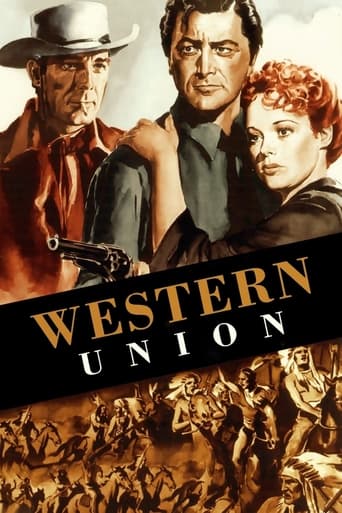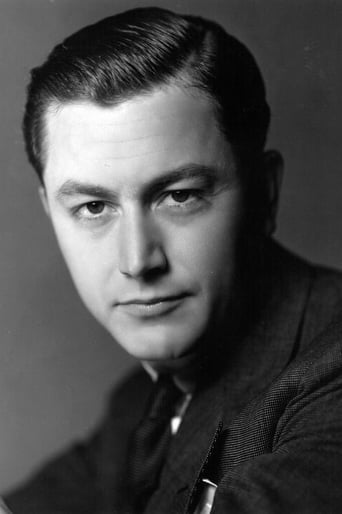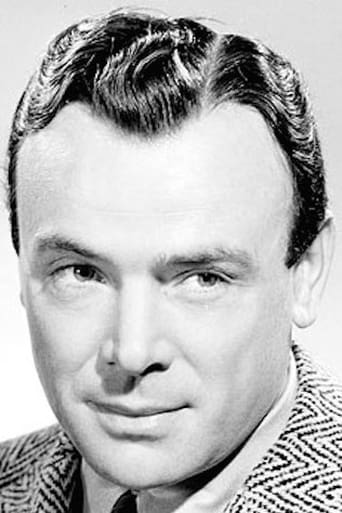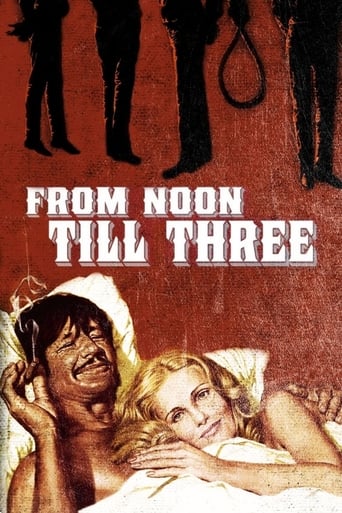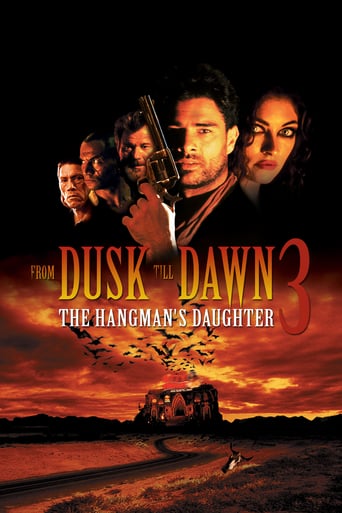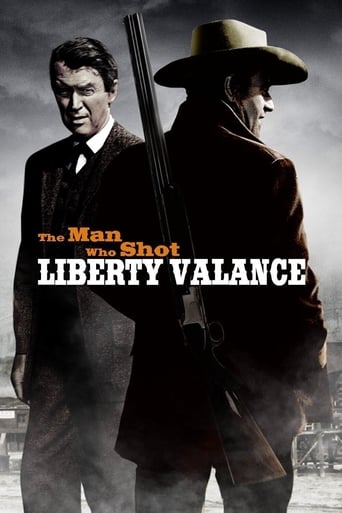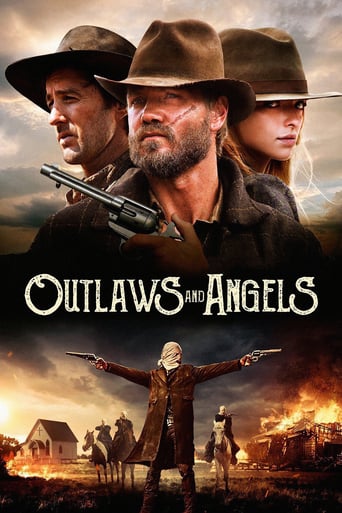Western Union (1941)
When Edward Creighton leads the construction of the Western Union to unite East with West, he hires a Western reformed outlaw and a tenderfoot Eastern surveyor.
Watch Trailer
Cast
Similar titles
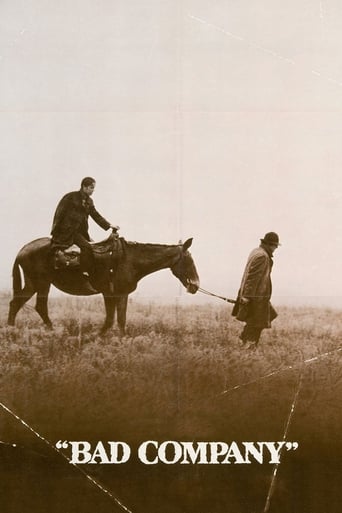
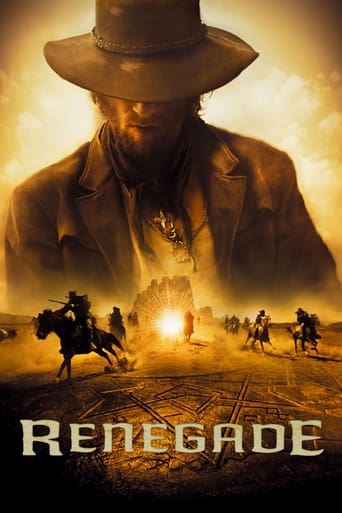
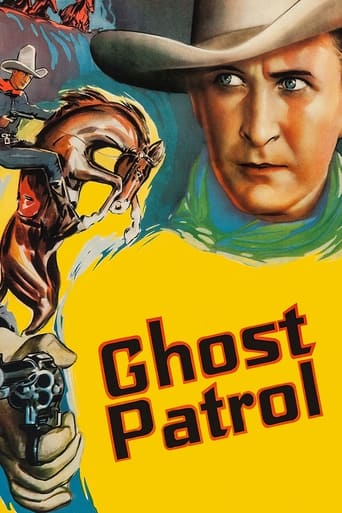
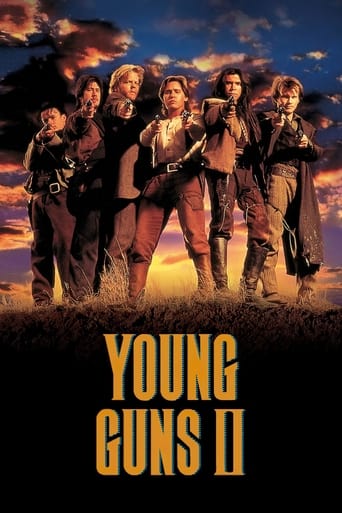
Reviews
Wonderful Movie
Simply Perfect
Instant Favorite.
This is a coming of age storyline that you've seen in one form or another for decades. It takes a truly unique voice to make yet another one worth watching.
Randolph Scott (Vance Shaw), Robert Young (Richard Blake), Dean Jagger (Edward Creighton), Virginia Gilmore (Sue Creighton), John Carradine (Doc Murdoch), Slim Summerville (Herman), Chill Wills (Homer), Barton MacLane (Jack Slade), Russell Hicks (governor), Victor Kilian (Charlie), Minor Watson (Pat Grogan), George Chandler (Herb), Chief Big Tree (Chief Spotted Horse), Chief Thundercloud (Indian leader), Dick Rich (Porky), Harry Strang (henchman), Charles Middleton (stagecoach rider), Addison Richards (Captain Harlow), Irving Bacon (barber), Francis Ford, Eddy Waller (stagecoach drivers), James Flavin, Frank Mills, Ralph Dunn (men), Paul E. Burns (Bert), Cliff Clark, Hank Bell.Director: FRITZ LANG. 2nd unit director: Otto Brower. Screenplay: Robert Carson. Based on the 1939 novel by Zane Grey. Photographed in Technicolor by Edward Cronjager and Allen M. Davey. Film editor: Robert Bischoff. Art directors: Richard Day, Wiard B. Ihnen. Set decorator: Thomas Little. Costumes: Travis Banton. Music director: David Buttolph. Technicolor color consultants: Natalie Kalmus, Morgan Padelford. Associate film editor: Gene Fowler Jr. Sound recording: Bernard Freericks, Roger Heman. Western Electric Sound System. Associate producer: Harry Joe Brown. Executive producer: Darryl F. Zanuck.Copyright 21 February 1941 by 20th Century-Fox Film Corp. New York opening at the Roxy: 6 February 1941. U.S. release: 21 February 1941. Australian release: 29 January 1942. 8,602 feet. 95 minutes.SYNOPSIS: Despite Indians and outlaws, Western Union constructs a telegraph line from Omaha, Nebraska, to Salt Lake City, Utah.NOTES: Although Irving Bacon is credited as Joe, the barber, in the credits of the print under review, the part — in this version at least — was played not by Bacon but by Olin Howland. These credits also state that the art directors were Richard Day and Albert Hogsett. Both Wiard B. Ihnen and 20th Century-Fox dispute this credit. Both maintain that Mr. Hogsett had nothing to do with the sets for Western Union and that they were in fact designed by Ihnen, under Day's general supervision. COMMENT: A really memorable western which fully justifies its high reputation. Spectacularly produced, with action a-plenty, agreeably acted, superlatively photographed, with lots of forceful Lang touches in direction. From the opening credits, underlined by Buttolph's stirring score, through the opening shot of the buffalo with Scott (or at least his double) hard riding into their midst, the pace hardly ever lets up until the final unexpected fade-out. Aided by marvelous color photography, the clever script (which actually owes little but its title to the Zane Grey novel) introduces at least six or seven rousing action episodes. All built around some particularly daring stunt-work. Good to see Robert Young doing a fair bit of his own riding, but most impressive of all is Dean Jagger, caught making his own leap from an overturning wagon. Of course, Jagger, aside from this action spot, is much his usual limp blanket, but at least he isn't in the movie all that much. Also slightly on the negative side of the cast roster is Virginia Gilmore, a little too postcard pretty, in my opinion, to be wholly believable. Lack of credibility is certainly not a charge that can be leveled against Randolph Scott who is every inch your typically laconic, torn-twixt-love-and-duty western hero. Unlike Gilmore, Scott really looks the part. Young is effective too. Slim Summerville is along for comic relief. Whilst some of his antics are a trifle forced, we like Slim anyway. A bearded (and unrecognizable were it not for his distinctively rich voice) Victor Kilian makes a surprisingly effective stooge.Led by John Carradine (made up to look like the Henry Hull character in "Return of Frank James"), many of our favorite character actors can be spotted along the way, including the here ill-fated Chill Wills (in a straighter part than usual); Francis Ford as the stage driver with whom Summerville tries to escape; James Flavin as a member of the bank hold-up posse; Russell Hicks as a governor reduced to horse holder; George Chandler as the victim of an "Indian" attack. Best of all is Barton MacLane as the notorious Jack Slade whose humor is strained by his kinship with our hero. In an interview with Peter Bogdanovich, Lang remarked that audiences tend to remember the visual aspects of a film rather than the dialogue. I'm inclined to agree with this observation, yet there's a scene in Western Union which amply demonstrates Lang's mastery of both. Kilian bets Carradine a week's wages that Chandler won't last the night, despite the doc's best efforts to save him. Later, Carradine silently exits his tent, peels off a wad of notes into Kilian's waiting hand, and without a word slowly walks off. Kilian cheerfully calls after him: "Better luck next time, Doc!" Lang tops all the spectacular action with a suspenseful double climax which ends the movie on a totally unpredictable note. OTHER VIEWS: The best of Fox's traditional western epics. — William K. Everson.The most beautiful and epic of Lang's westerns (it was the director's personal favorite), "Western Union" is an outstanding entry in the genre. — Motion Picture Guide.
Western Union is directed by Fritz Lang and written by Robert Carson who adapts from the Zane Grey novel of the same name. It stars Robert Young, Randolph Scott, Dean Jagger, Barton MacLane and Virginia Gilmore. Music is by David Buttolph and R.H. Bassett, and cinematography by Edward Cronjager and Allen M. Davey. It's a Technicolor production out of 20th Century Fox and locations used for the shoot were House Rock Canyon, Arizona, and Kanab and Zion National Park in Utah. Plot finds Scott as outlaw Vance Shaw, who in an attempt to reform himself joins the company wiring the Great Plains for telegraph service in 1861. However, the Western Union is meeting resistance, from both the Native Americans and Vance's old gang, while there's also a love triangle forming between Vance, Sue Creighton (Gilmore) and tenderfoot Richard Blake (Young). It's all going to come to a head...Fritz Lang's second Western after The Return of Frank James (1940), Western Union is at times exciting, always brisk, but lacking a claustrophobic edge so befitting the director's trade marks. Which is surprising considering this was the one Western he had the most control over. But with an almost patriotic fervour pulsing throughout and the outdoor locations wonderfully utilised, it's a Western movie that's easy to revisit for further inspection. The final third takes the film down a darker road, where it lifts the film out of the conventional story rut, and Lang and Cronjager produce memorable scenes and camera work to seal the deal. Cast wise it's Scott who is the stand out, as the man trying to do good as his past closes in, and Jagger provides earthy appeal as Western Union boss man Edward Creighton. Gilmore is weak and Young, while adequate playing a tenderfoot, just never convinces as things get serious. Best to look at the minor support slots for acting value, where the likes of John Carradine, Slim Summerville and Chill Wills provide some quality. 7/10
This Western was set in 1861 and had to do with the creation of the first transcontinental wireless lines that were laid by Western Union. While nice guy Dean Jagger (sporting lots of hair) did his best to get this done, there was a bad guy just waiting to undo this for his own selfish reasons. So, it's up to either Randolph Scott or Robert Young to save the day.This is certainly one of the better 1940s Westerns I have seen and it nearly garnered an 8--it was that good. However, for the life of me, I have no idea why Fritz Lang was assigned to direct this film--after all, he knew nothing about Westerns. His forte was drama--and I guess this movie is a drama of sorts--just set in the old West. Strange, yes, but it seemed to work out okay, though I wonder how this great German director felt about being given this job.As for the rest of the film, it's exceptional--with vivid color, great location shooting and very good acting. As usual, Randolph Scott put in another relaxed and realistic performance. I was surprised, though, with Robert Young being also cast in the film, but it was a good casting decision--he was supposed to be a Harvard-educated Easterner. When I saw Barton MacLane was also in the film, I pretty much assumed he'd be the "baddie" and my thoughts were well founded, since he made a career out of playing jerks! As for the script, it seemed pretty ordinary for the most part, but the final showdown between Scott and Barton MacLane was a lot better than I'd hoped--making this movie ending on a very high note.
Fritz Lang's "Western Union" is a entertaining movie with good heroes in Randolph Scott,the strong and silent man trying to escape his outlaw past,Robert Young as the easterner trying to conform to the code of the wild west,and Dean Jagger as the determined boss of the Western Union gang.I think the acting honors go to Dean Jagger who is very good in his part. Randolph Scott found his prototype of western hero in this movie and would play variations of that type in westerns to come for the next two decades.The movie looks very good in early Technicolor. Barton MacLane makes a good villain.I enjoyed this western much,although I consider it pretty standard stuff.
